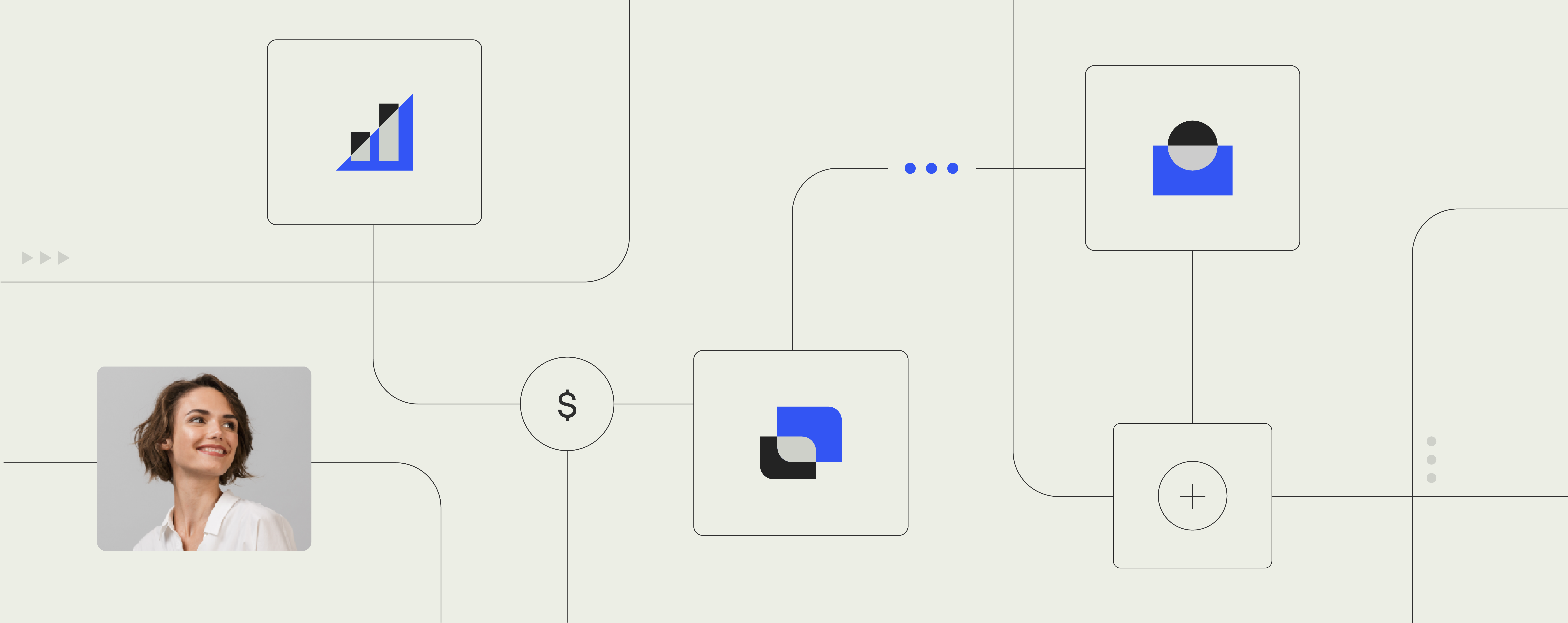Danske Bank Chief Digital Designer Marge Aru on digital transformation

Enterprise Innovation Podcast: Pushing Digital Transformation in Big Business with Marge Aru, Danske Bank Chief Digital Designer
Key takeouts from this episode
- How digital disruption is starting to permeate larger companies, and the challenges they face
- The importance of looking beyond trendy words and understanding why design and UX are so essential in digital transformation
- Why small teams are vital, alongside trust and buy-in from leaders
- The importance of a consistent customer experience, and why everybody needs to understand this
- Why user needs are paramount – and how initiating a “clean-up phase” can help avoid overwhelming the user
- A unique insight into the innovative development behind Danske Bank’s June project, an app making investment simple for Danes
- How IBM breathed new life into an old company with an internal digital disrupting start-up unit
- Some thought leaders to look out for, including Steven Gates and his podcast
What’s the best way for large companies to digitally transform and roll out new processes? And how do they avoid slipping back into old habits? In this podcast interview, Marge Aru talks us through the challenges of pushing real innovation and change in large corporations.
In 2006, when Marge started working in the field, design focused mainly on IT and the technical side of images. But with the release of the iPhone, the digital revolution of design began, shifting the focus onto user experience. So how have large corporations adapted to this new digital design world?
Read on to get a sneak peek into Marge’s expertise in design thinking and digital transformation for big business. Learn about developments at Danske Bank, how to get companies to understand why UX is vital, and some inspirational thought leaders to follow.
Digital transformation – Where Should Large Companies begin?
Danske Bank is a huge organization with over 20,000 employees. It is also 150 years old. So rolling out new processes quickly and effectively can be a challenge. This is also difficult, according to Marge, because large companies often lack the right people and the right type of designers to execute real change in their daily work.
It is also about quality over quantity. In her experience, small, fast-paced teams are best to start the movement, with a trusting, supportive leader who expects things to be delivered. In addition, everybody needs to understand that a consistent customer experience is paramount. That means workshops with stakeholders, and no more developing in silos. Problems should be voiced quickly and results made visible as soon as possible to managers.
The key, Marge explains, is to find people who are doers, let them do things quickly, and let the bosses be part of it.
The digital workplace guide 2021
What you need to futureproof your company’s technology
Focusing on User Needs in Mobile Devices
As much as digital transformation means embracing exciting tech and change, it also means asking the right questions. For example, why are we forcing everything into a mobile device? And are we catering for users’ specific needs?
Marge emphasizes that user needs should be considered at all levels, and this is something Danske Bank has struggled with. They are not at the level of Fintech start-ups such as Revolut and Lunar way, she explains, who focus primarily on user needs. When large corporations have so many different departments, there can be a push to fit everything in.
This, according to Marge, can be a bad move. There can easily be too much noise in mobile banking. To solve this, Marge suggests having a “clean-up phase” to remove unnecessary clutter and avoid overwhelming the user.
Innovation and the June Project by Danske Bank
Marge is also head of June at Danske Bank – an idea conceived in Danske Bank’s innovation hub Mobile Life. June is about making investment more accessible for the average person. They do this by offering small, low risk, stable investments that give a higher return on savings.
And so far June has been a success. User tests show that people enjoy the experience, with its low level of commitment and quick onboarding, and although it isn’t a requirement, many are now Danske bank customers.
So how did they achieve this? Ultimately, Marge says it was the fast-paced, loose structure to the team. Often in large corporations there are a lot of people who want to take on new projects, but bureaucracy gets in the way. Danske Bank was, in fact, unsure whether June would work – as attempts had proven to be difficult in the past.
So when they succeeded, and had people onboarding, the bank woke up and realized it was a big deal. In the end, Marge explains, June thrived because they were in their own little universe.
Inspirational Companies Leading the Way
Other examples of companies creating an internal disruption start-up unit include IBM. Marge is impressed at the pace of change in the company – so fast, in fact, that they now give speeches on best practices at different conferences.
And although some people are skeptical of the IBM project – for Marge, the success story is that they started something new and it made them the talk of the town, breathing new life into an otherwise dated company.
Finally, when asked about thought leaders that inspire her, Marge recommends checking out Steven Gates, Chief Design Evangelist at InVision. In his The Crazy One podcast, she particularly likes his “no BS style” – he is, she says, determined to tell the truth and take action.
To learn more about digital disruption in large companies, and dive deeper into Marge Aru’s expertise, listen to this Enterprise Innovation podcast episode now available on SoundCloud, Spotify, iTunes and Stitcher.
Explore other Enterprise Innovation Podcast episodes


